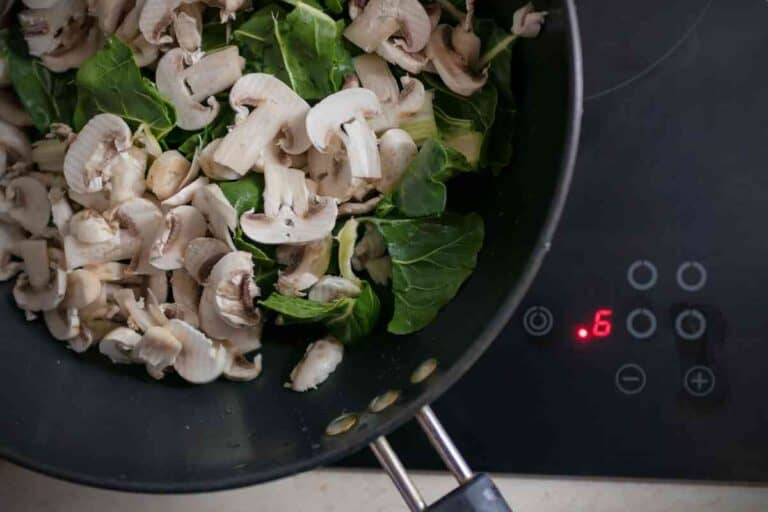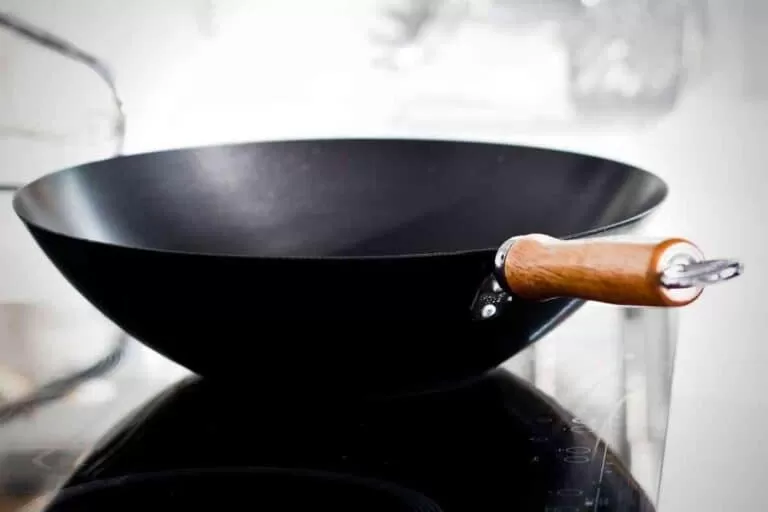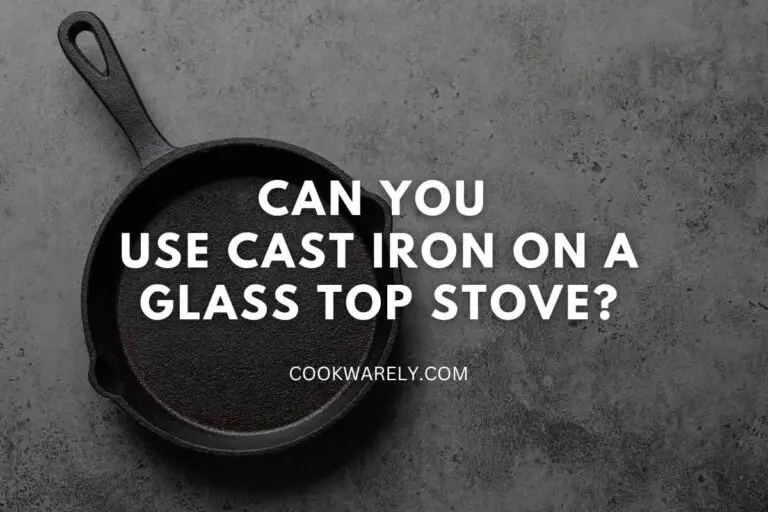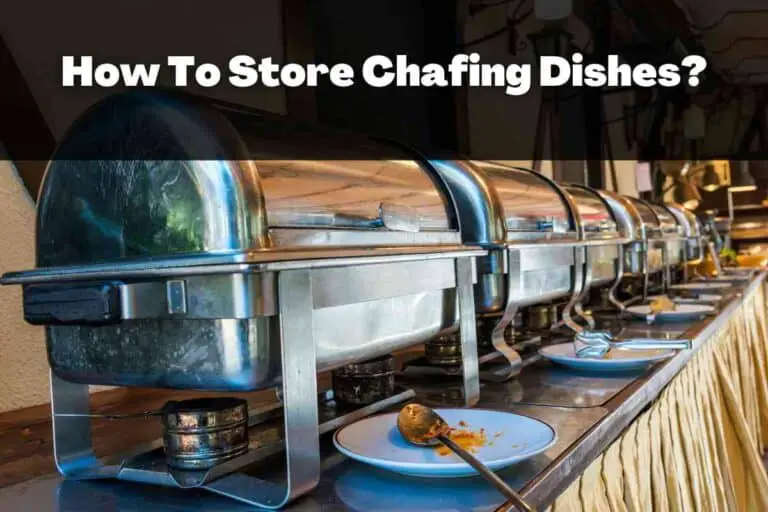Can You Deep Fry In Enamelled Cast Iron?
Deep frying in a Dutch Oven is favored for its even heat distribution and high-temperature retention, making it a versatile and efficient choice for achieving crispy, golden results in various frying applications.
Yes, deep frying in enameled cast iron, such as a Dutch Oven, is possible due to its ability to maintain high temperatures and even heat distribution. Its heavy, splatter-resistant design makes it a suitable choice for home cooks, offering versatility in the kitchen. Use neutral oils with high smoke points and follow the proper steps for successful deep frying.
In this article, I’ll help you understand deep frying in a Dutch Oven is a culinary technique that utilizes the cast iron core of the pot to maintain precise temperatures, ensuring crispy and evenly cooked results.
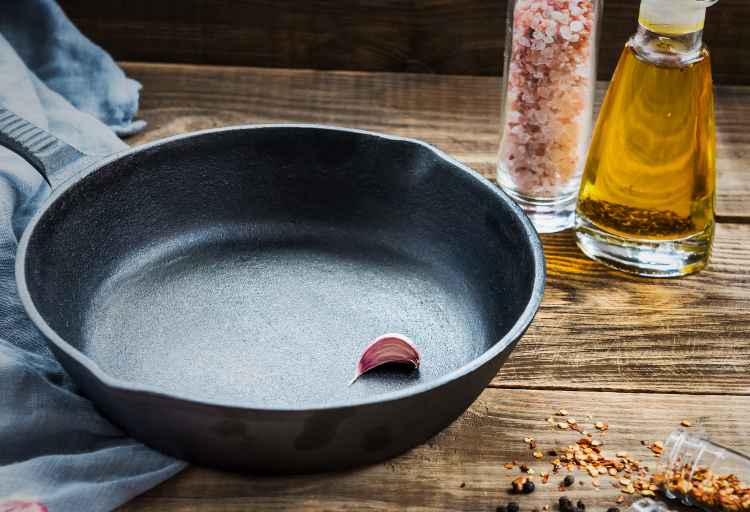
Can You Deep Fry In Enamelled Cast Iron?
1. Enameled Cast Iron Overview
Enameled cast iron cookware, like Dutch Ovens, features a layer of enamel coating over the cast iron base.
The enamel provides a non-reactive, smooth surface, making it suitable for a wide range of cooking methods.
2. Deep Frying in Enameled Cast Iron
Yes, you can deep fry in enameled cast iron, but it comes with certain considerations.
The enamel coating can withstand high temperatures, typically up to 450°F (232°C), which is sufficient for deep frying that usually occurs around 350-375°F (177-190°C).
Enameled cast iron, like traditional cast iron, can effectively heat and maintain these temperatures.
3. Benefits of Using Enameled Cast Iron for Deep Frying
Even Heat Distribution: Enameled cast iron, like its non-enameled counterpart, distributes heat evenly across the cooking surface, ensuring consistent frying.
High Heat Retention: It can maintain high frying temperatures, crucial for achieving crispy results.
Splatter Control: Enameled cast iron’s high sides help contain oil splatter, enhancing safety.
4. Considerations and Tips
Choose a Larger Size: Opt for a larger enameled cast iron pot or Dutch Oven to allow space for food items and minimize overcrowding, which can lower oil temperature and affect frying quality.
Use Neutral Oils: Employ oils with high smoke points, such as vegetable, sunflower, or refined coconut oil, to prevent damage to the enamel coating.
Avoid Harsh Utensils: Be cautious when using metal utensils to prevent scratching the enamel surface.
5. Maintenance and Cleaning
After deep frying, allow the enameled cast iron to cool before cleaning it.
Hand wash with mild detergent and avoid abrasive scrubbers to preserve the enamel finish.
Regularly inspect the enamel for any chips or cracks, as damage can affect its performance.
6. Versatility of Enameled Cast Iron
Enameled cast iron cookware is versatile and can be used for various cooking methods, from frying to braising, roasting, and more.
It combines the benefits of cast iron’s heat retention with the ease of maintenance provided by the enamel coating.
Other Considerations
Enamel coating
Enameled cast iron is a great option for deep frying, but you must treat it with care. While it is incredibly durable, you should only use utensils made of wood, silicone, or other soft materials.
You should avoid using metal tools, as they can scratch the surface of the enameled cast iron.
An enameled cast iron Dutch oven is a multi-purpose cooking vessel that is perfect for various foods. It can also be used for slow cooking. Its lids trap moisture as the food cooks and make clean up easy.
Heat retention
Seasoning your cast iron pan is the best way to keep it from rusting. If left unseasoned, cast iron will rust, as it is highly reactive to acids.
Seasoning involves rubbing oil or fat into the pan and heating it. The best fats to use are unsaturated fats, such as lard. However, any oil will work well.
Another tip when deep frying is to place a lid on the Dutch oven. This will help to contain the heat on all sides.
Using a lid on the Dutch oven will also ensure that heat is distributed evenly throughout the pan. A lid will prevent food from sticking to the bottom or the pan’s sides.
Oils to use
There are many oil choices for deep-frying enameled cast iron, so it can be challenging to decide which is best. Most people prefer Crisco or avocado oil, but opinions vary as much as the choices.
Some people swear by bacon fat, while others swear by flaxseed oil. The bottom line is that you should experiment to find the best oil.
If you decide to use a metal pot, season it first. Since cast iron cookware absorbs oils during cooking, it’s essential to use a non-abrasive dishwashing liquid. Oils should be poured off after use to avoid damaging enameled cast iron.
Size of the pan for deep frying
There are many different sizes of pans for deep frying, but the basic rule is that you need a pan that’s at least 8 inches in diameter.
Generally, deep pans are three to six quarts in capacity, but an average home chef should have at least one 5-quart pan.
The size of the deep frying pan depends on the type of food you’re preparing. The best pans hold three to four inches of oil and are thick enough to distribute the heat evenly.
Enameled cast iron is considered one of the best cooking pots, and is well-suited for deep frying.
Safety
Enamel-coated cast iron is very sturdy and a good choice for frying. It holds heat well and has thick walls to distribute heat evenly. This is especially important when deep-frying.
The interior temperature of this type of cookware should be at least 400 degrees Fahrenheit, or 204 degrees Celsius.
Enamel-coated cast iron is dishwasher-safe but should be hand washed with warm soap to preserve the enamel finish. Avoid the use of citrus juices or citrus-based cleaners as these may dull the exterior gloss.
These cleaners are not harmful, but are not covered under warranty. When cleaning, use nylon pads to scrub away food residue.
Do not use metal pads or metal utensils as these can scratch the enamel surface. It is also important to store enamel-coated cast iron in a dry, cool place. Never stack it with other cookware.
FAQs
Can You Deep Fry in Cast Iron? Yes, deep frying in cast iron cookware is possible and highly effective due to its excellent heat retention and even heat distribution.
Is Cast Iron Good for Deep Frying? Cast iron is exceptionally well-suited for deep frying because it can maintain high temperatures and evenly cook food, resulting in crispy, delicious results.
Cast Iron Deep Fryer While there are dedicated deep fryers, using a cast iron skillet or Dutch Oven effectively serves as a cast iron deep fryer for home cooks.
Deep Frying in Cast Iron Deep frying in cast iron cookware is a popular method known for its ability to achieve consistent, golden, and crispy results.
Deep Frying in Dutch Oven A Dutch Oven’s cast iron core and spacious design make it an excellent choice for deep frying, ensuring even heat distribution and splatter control.
Can You Deep Fry in a Cast Iron Skillet? Yes, cast iron skillets are suitable for deep frying, offering the same benefits of even cooking and high heat retention as other cast iron cookware.
Dutch Oven Deep Frying Deep frying in a Dutch Oven is a versatile and space-saving alternative to dedicated deep fryers, making it a valuable addition to the kitchen.
Can You Deep Fry in a Dutch Oven? Indeed, Dutch Ovens are well-suited for deep frying due to their cast iron construction, ensuring consistent high temperatures and safety from splatter.
Can I Deep Fry in a Cast Iron Skillet? Yes, a cast iron skillet is a reliable choice for deep frying, delivering excellent results with proper temperature control.
Cast Iron Pot for Deep Frying A cast iron pot is a superb option for deep frying, offering the advantages of cast iron’s heat properties for achieving perfect frying outcomes.
Can You Fry in Enameled Cast Iron? Yes, you can fry in enameled cast iron cookware, as it retains heat effectively and provides a smooth, non-reactive cooking surface.
Can I Deep Fry in Cast Iron? Indeed, cast iron is well-suited for deep frying, thanks to its excellent heat retention and even heat distribution.
Deep Frying in Cast Iron Skillet Deep frying in a cast iron skillet is a popular method, offering consistent heat and achieving crispy results.
Can You Deep Fry in Enameled Cast Iron? Enameled cast iron is suitable for deep frying, offering the same benefits as traditional cast iron while preventing food from reacting with the iron surface.
Can You Deep Fry in an Enameled Dutch Oven? Yes, an enameled Dutch Oven is an excellent choice for deep frying, combining the benefits of cast iron with the ease of maintenance provided by the enamel coating.
Deep Frying in Enameled Dutch Oven Deep frying in an enameled Dutch Oven ensures even heat distribution and splatter control, making it a versatile option for frying various foods.

